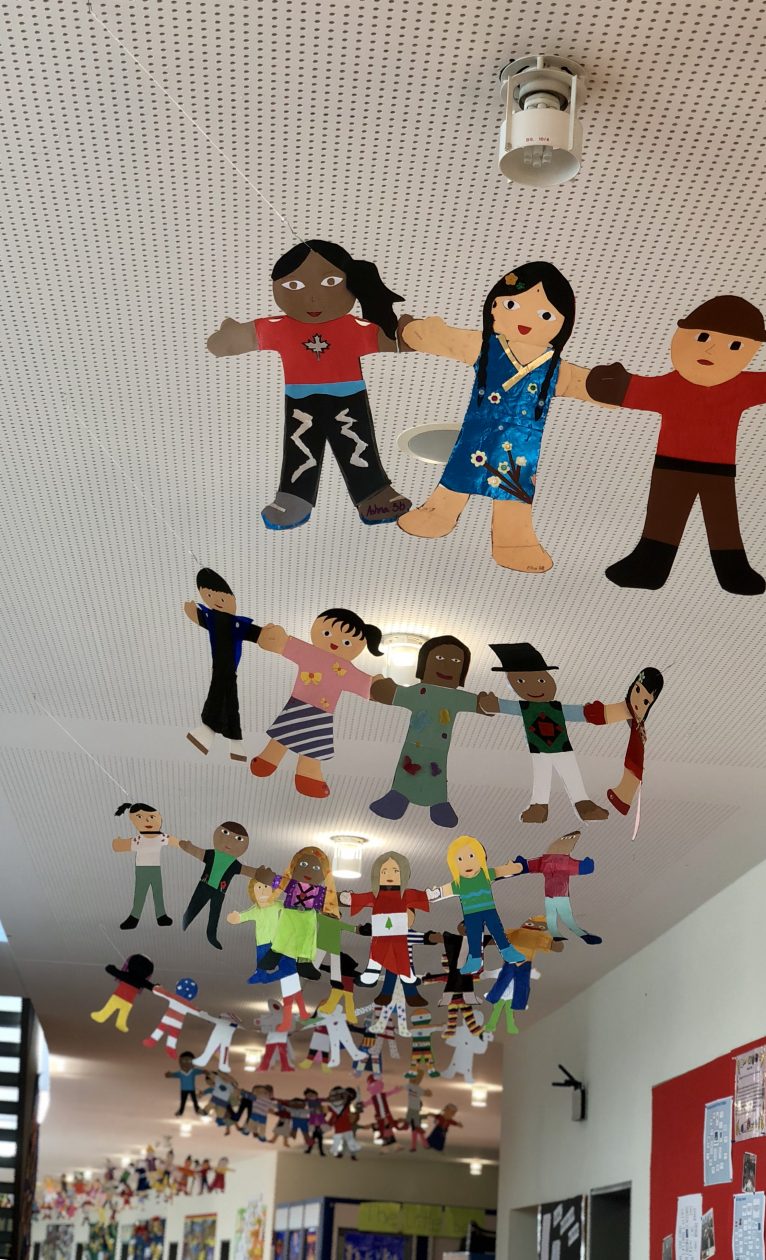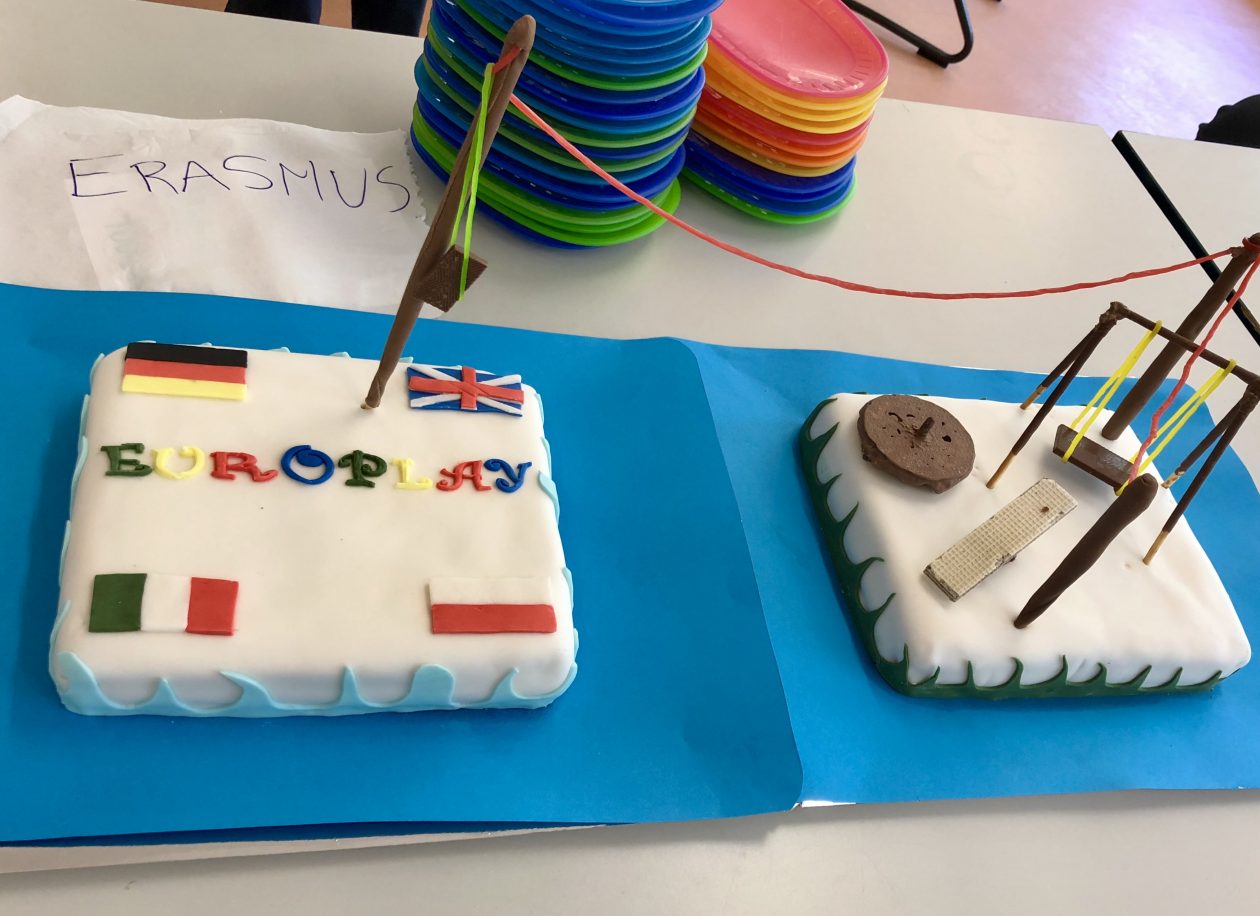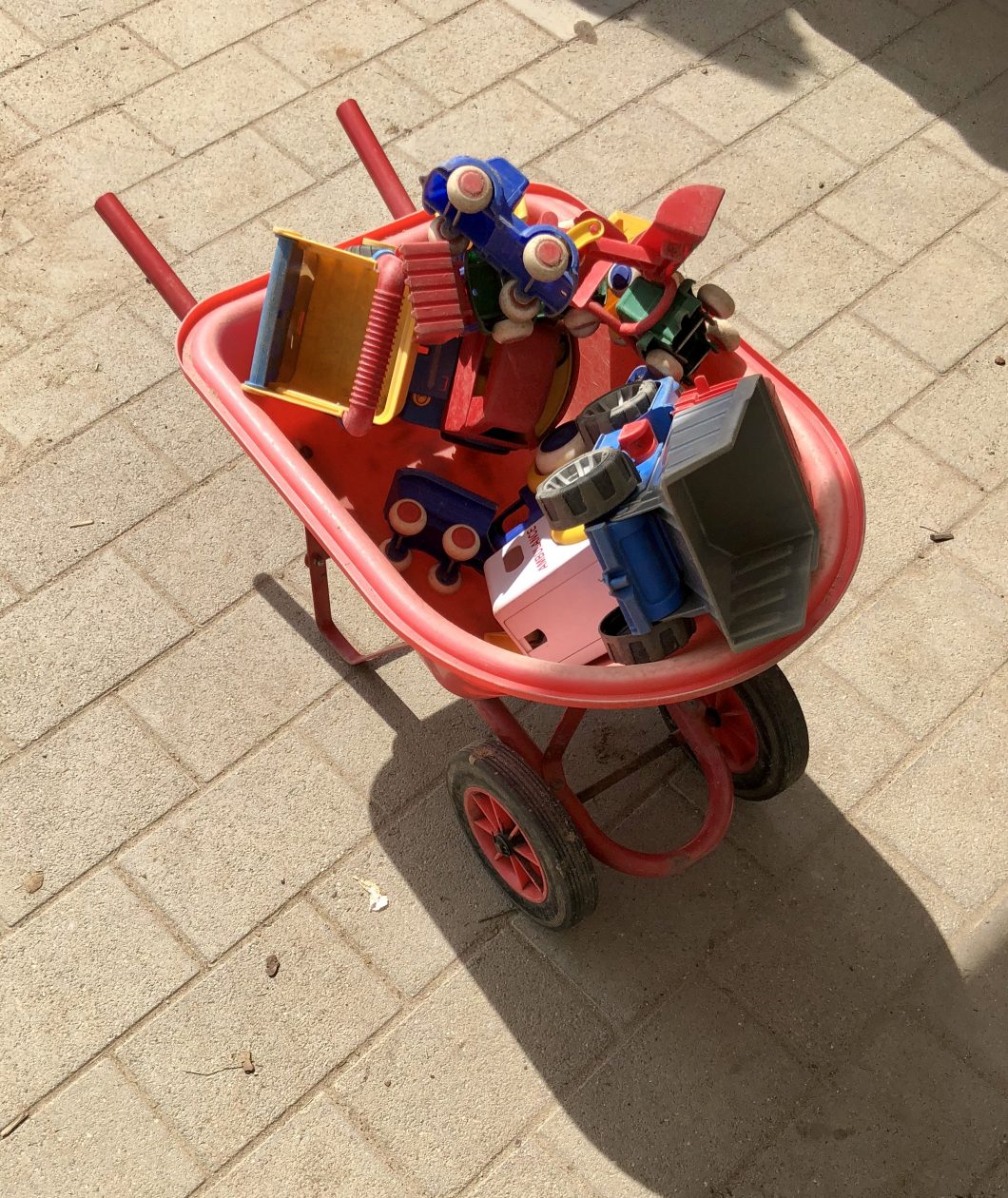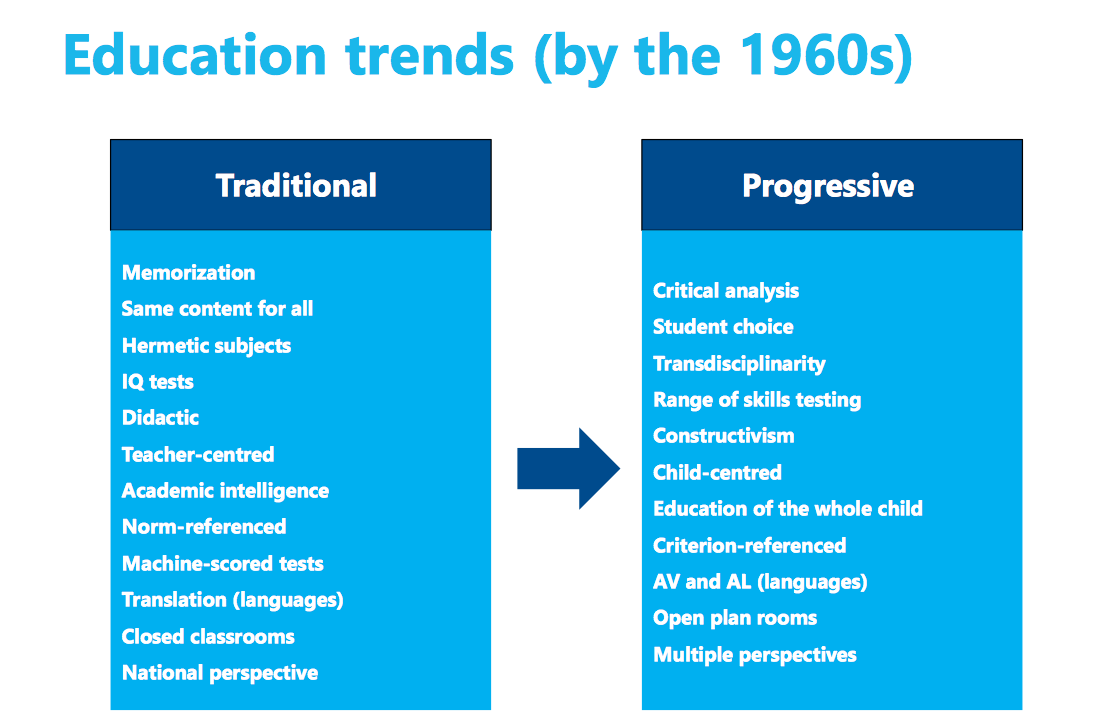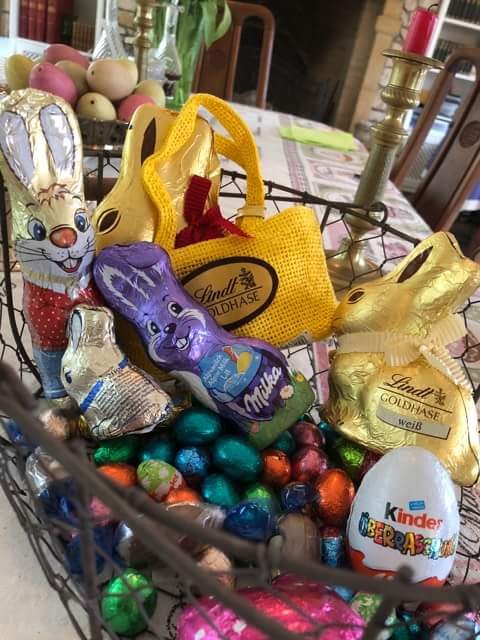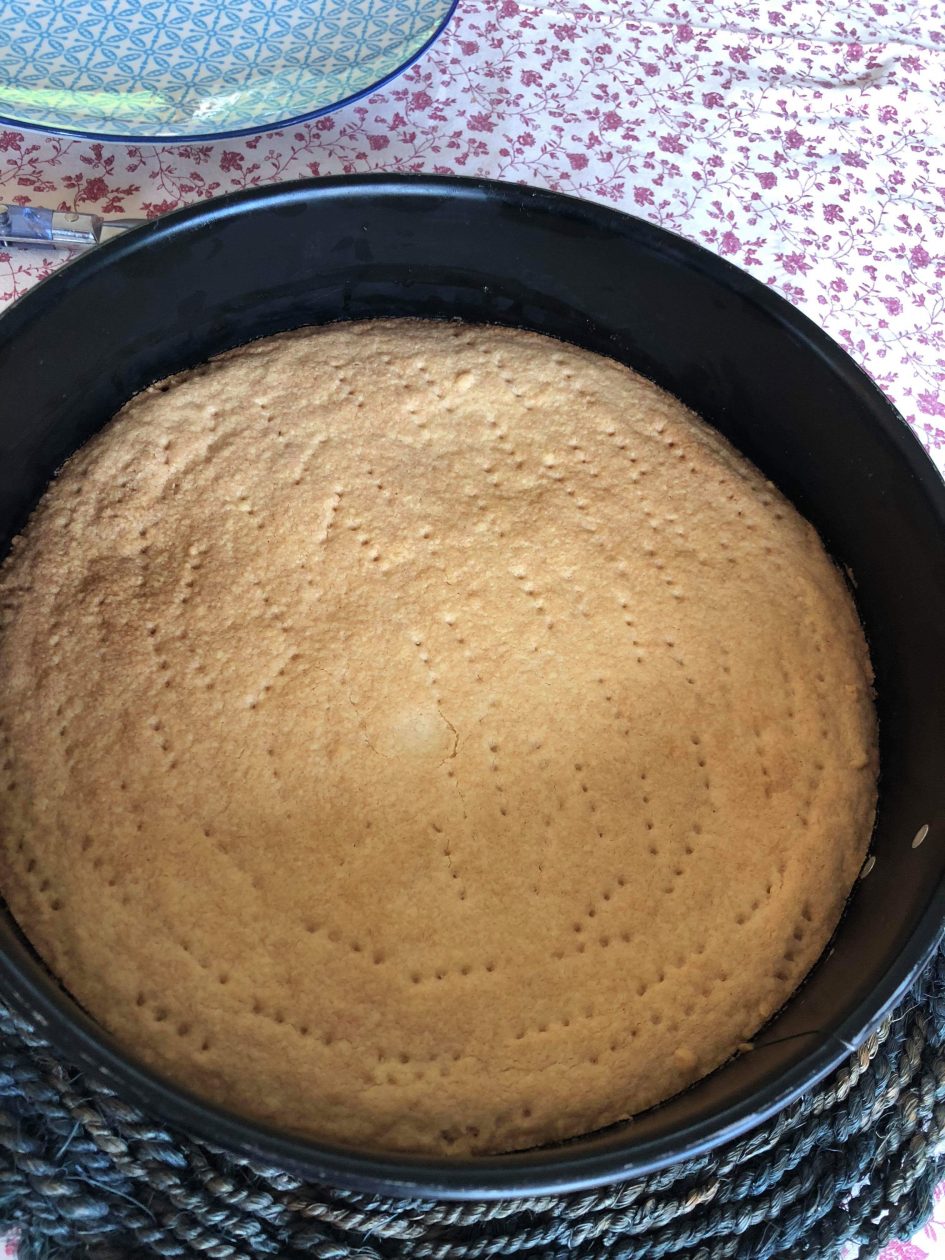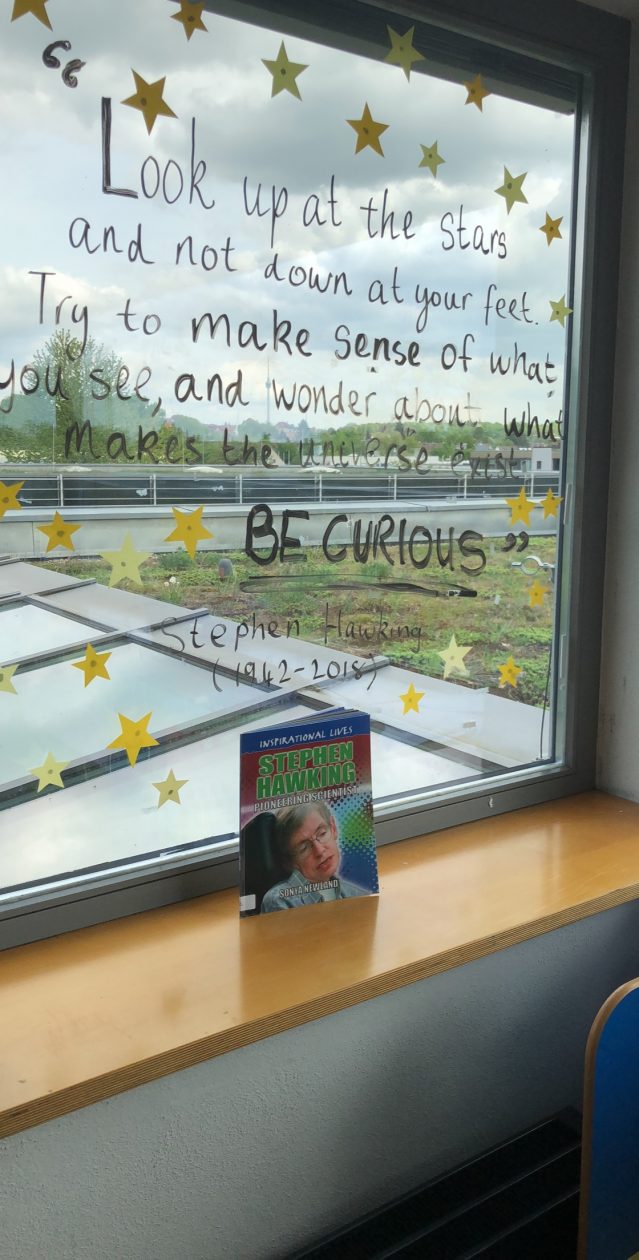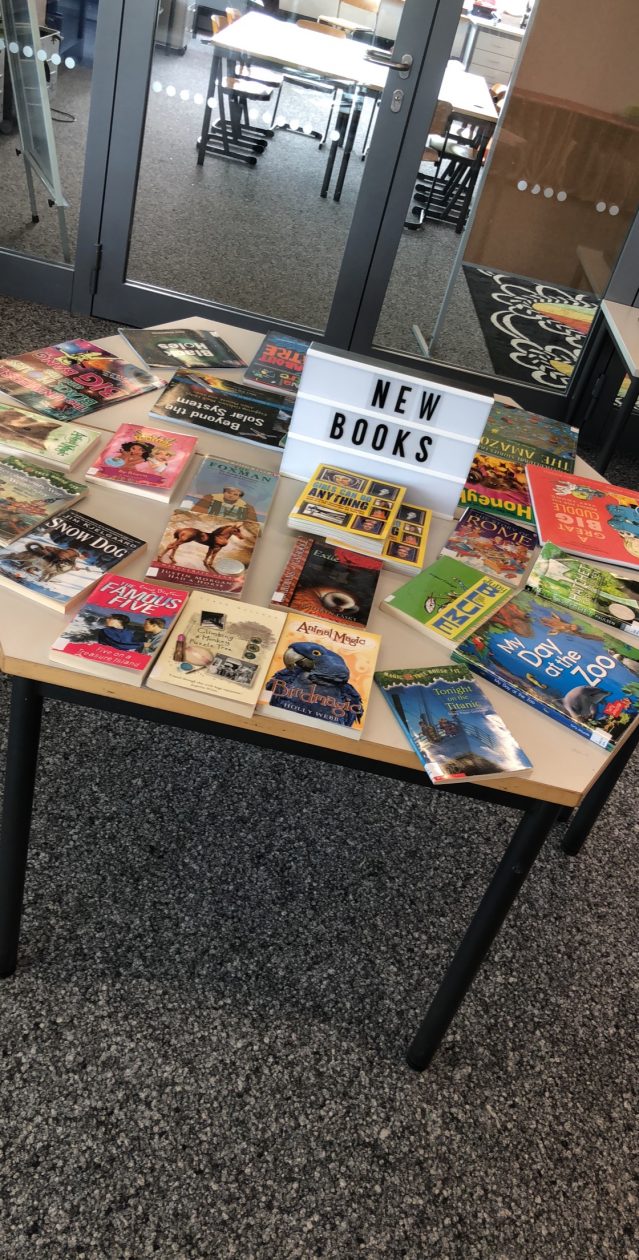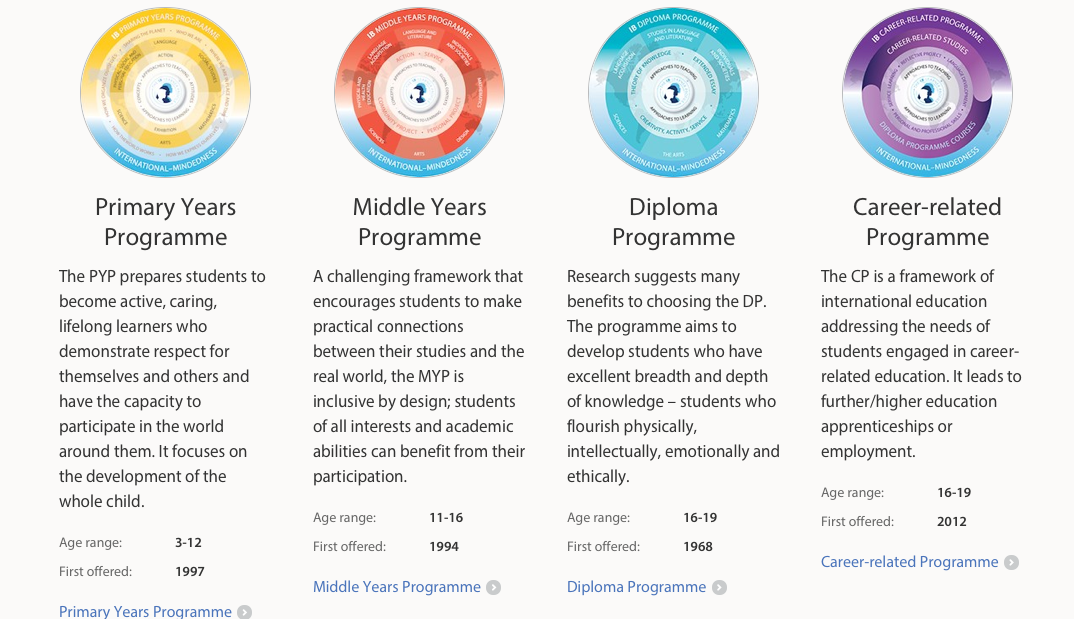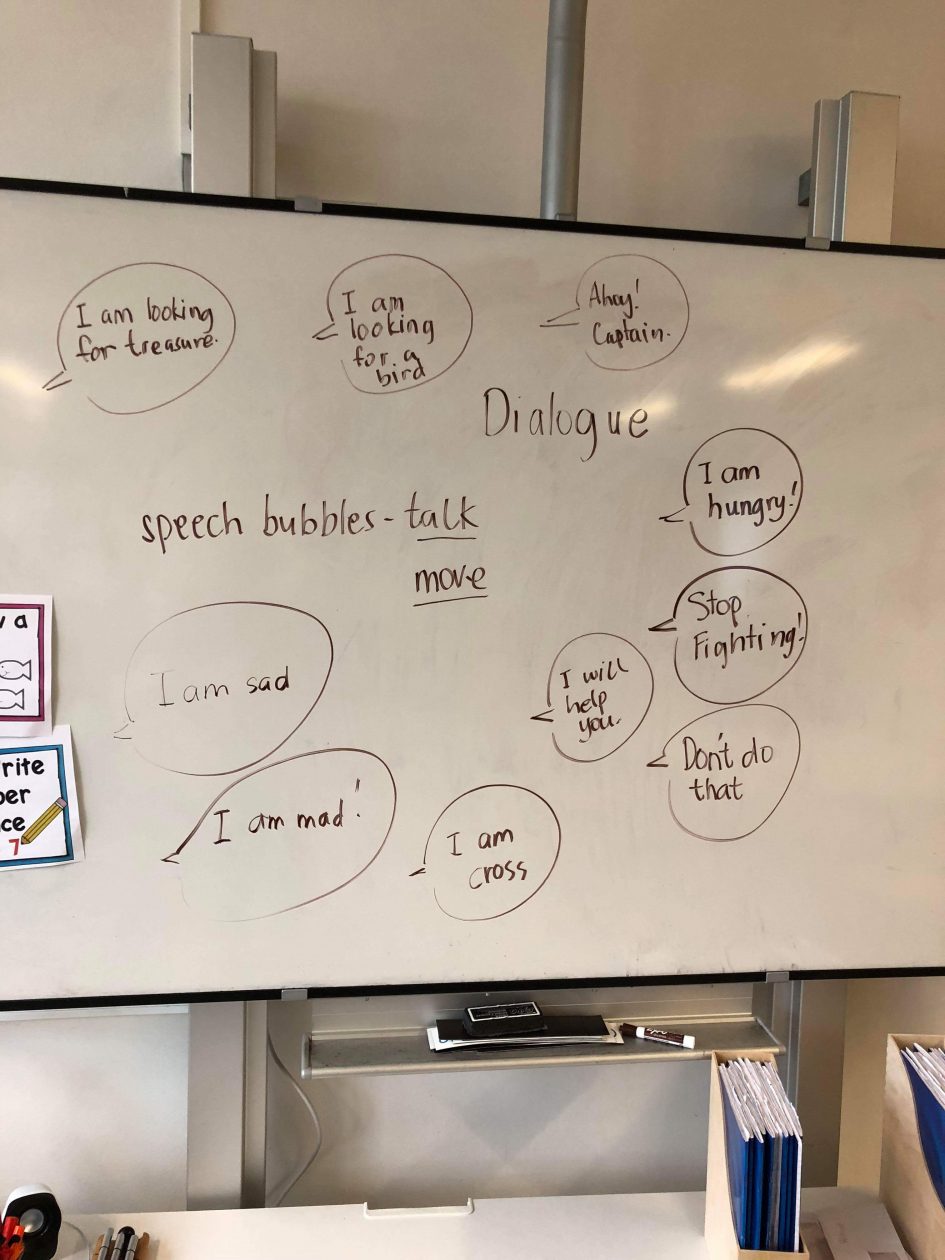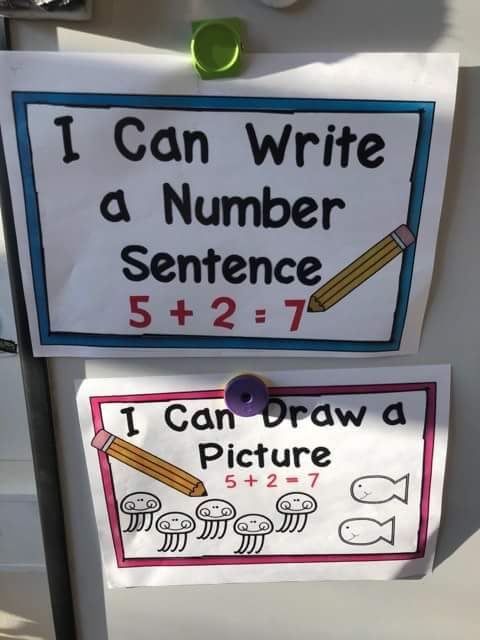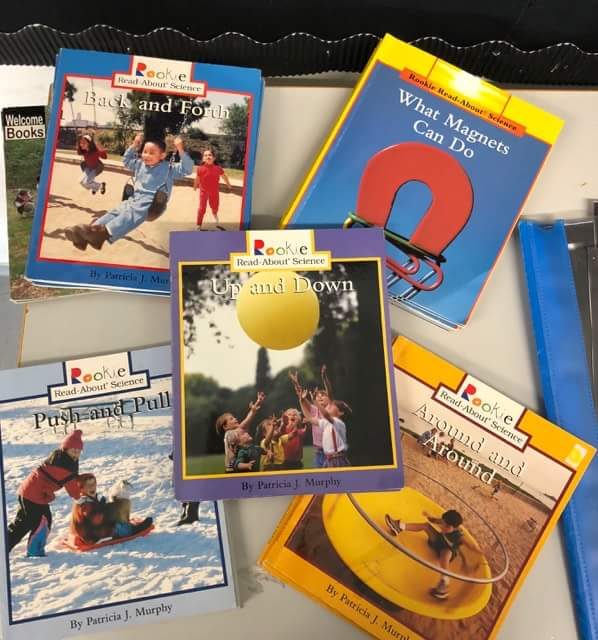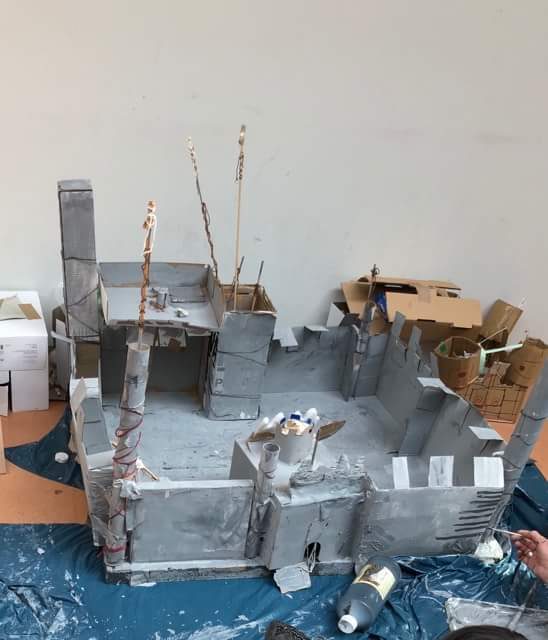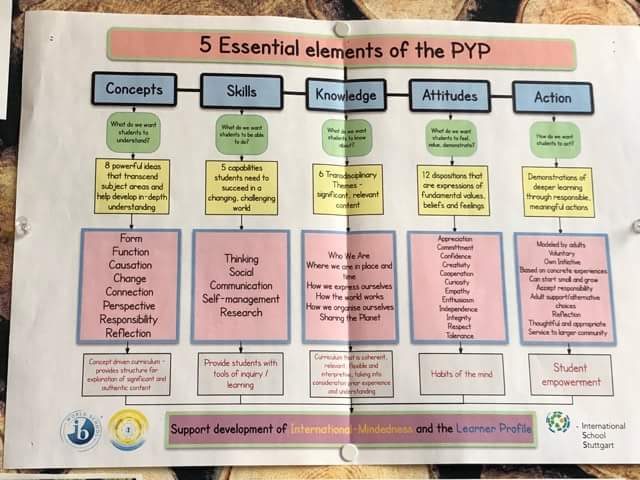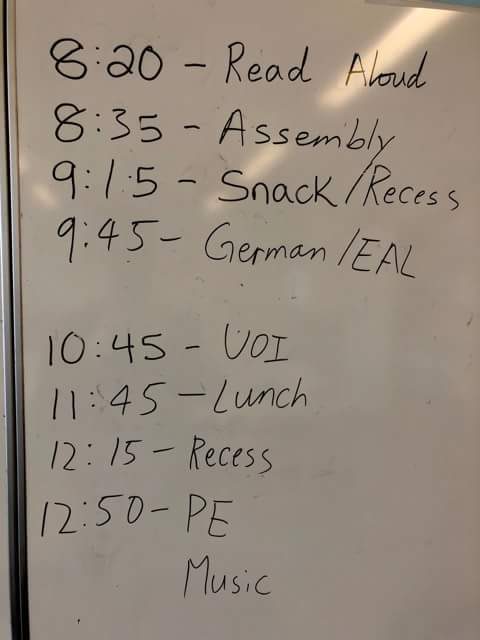First week back at ISS after the Easter break last week and I feel that I have been able to get back into the structure of working at the international school of Stuttgart and gain new knowledge once again in terms of professional development.
Before the holidays, I had worked my way down the grades right to grade 1. This week progressed this continuation of moving down the grades as I began my work with the Early Years team at ISS. This meant working with both the Kindergarten and the Nest teams and children.
Now, I will admit that before this week I hadn’t much experience working with younger children within an educational setting, hence why I made the decision that I wanted to see the whole perspective of a child’s experience of education whilst working at the international school for Learning from Life. I also knew that much of what we have learned about the Early Years in MA2 would be missed out if I didn’t get to experience it in a real-life practice this year before my MA3 placement next year when I will work at the lower end of the primary school system in Scotland.
So I spent the first half of the week (9th of April – 11th of April) working with the Kindergarten children. The children within the two classes ranged in the ages of 5 to 7 depending on their prior experience within educational settings (one particular child was older but was never part of any form of formal education and therefore was put in Kindergarten to introduce them to school). They were very enthusiastic to interact with me and tell me all about themselves.
I also got to tell them a little bit about me when exploring the concept of time as I investigated the different time zones with the teacher to show the students what the time was in Scotland, what the weather was like and how it differed from Germany (and even their own home country).
What I loved about the two classes were that their learning environments were totally different from one another; emphasising the importance of individuality for teaching practices. One class was very regimented in its layout where clear areas for particular learning (role play, quiet reading and chill out area, letter/number forming and art areas) were clearly evident. The other class was much more carefree in the layout of the room and was more flexible in terms of allowing the children be more independent in choosing what they did within the room depending on the task they were doing. Yet, they both worked very effectively within their own right. It really proved to me that there is no one way of having your classroom set out because if that was the case, teaching wouldn’t be so flexible. This allowed me to get firsthand knowledge into early years classroom layout strategies.
Now, what I really learned from the practitioner that had the open-spaced classroom this week was the beauty of allowing enough time for learning. Monday morning was really testing of my patience because the teacher made it her job to give the simple (what I thought was simple) task of writing out the date on the board to the children but it took far longer than what I expected…
This was because the teacher made sure that it was solely the children’s job to complete the task of writing the date with only minor prompts from her so there were many different suggestions of what day it was, what the number should be drawn like, how it should be displayed correctly etc. At first, I thought that it would be so much easier just to write it yourself and to get on with the lessons of the day. However, as my short time progressed with the kindergartens, I soon realised there was a great purpose behind this approach that really needed a patient and consistent practitioner – giving me an area where my opinion on teaching completely changed. Once the date was completed, the teacher then got the children to work out how many days were left of the term with chain links on the board. Many questions of, “what should we do if we have this number of days in total and we know how many days are left?” were asked by the teacher and then the task was left to the children to work out themselves. I was amazed that such young children were skilled in working with numbers. It proved to me that starting with concrete materials will ensure sound knowledge is the first layer in the building of a strong foundation in numerical skill. This all relates back to the overall purpose of ISS – to foster inquirers that will go out into the global world and really make a difference with the determination that they can do whatever they set their hearts on with hard work.
It was because of this morning routine, that consisted of working with date and time, place value and number identity (mind you, this was all in English with children that mostly do not have English as their first or even second language so it was also assisting in language acquisition), the children could really be at the forefront of their own learning. Even during the children’s snack time, they were coming up to the board and explaining their thinking in working out how old I was when I gave them the year I was born in. The young children took it upon themselves to start their own inquiry in number work to work out my age by subtracting the year it is now with the one I provided them with – which was also assisted by the teacher aiding in prompting the children to use different strategies to find their answer.
Overall, what I really took away from the easiness of learning that the teacher had was that we may always worry about the next thing that needs to be completed by the children, but real secure learning comes when that extra amount of time is truly spent on real moments of learning. Quality over quantity, particularly in the early stages, ensures that learning is really profound. Not only this, but the whole ideology that is evident across the whole of ISS is beginning to take shape in Kindergarten because the children are learning to be inquirers from the get go – their natural curiosity is really being fostered because it is them going about with their learning with the teacher. They aren’t being told how to do something or to just learn something, they themselves are taking an interest in learning that is part of their everyday lives (little scenarios like counting how many days it was until a child’s birthday were used to advance mathematical skills).
So, I may have originally felt at the beginning of the week that time was almost being wasted away over an everyday task, but I soon realised what deep learning these tasks held when a well-knowledged teacher was pointing children in the right direction, rather than entirely leading the learning process, thus establishing a shift in my overall teaching ideology – something that I will take into great consideration later in my practice. Time is crucial.
A contrasting example of practice that wasn’t evident in the other grades as much was the importance of free play. Children were allowed time everyday to play (something that the host family’s son was very jealous of when he heard about it from me). However, this play wasn’t entirely left to the devices of the children: once more, the teacher had set up stations that would aid in particular learning points – art stations that fostered creativity, iPad stations that tested mathematical skills through the medium of technology and the role play station that was given a voted “setting” that the children had to construct and act out with materials (campsite won this week). I came to realise that play itself is natural to children and that the best kind of learning can be found through allowing kids to be kids – so long as it is also purposeful: “It is through play that children explore their world, learn to ask questions, to solve problems and to socialize” (International School of Stuttgart, 2017, p.4). Teachers need to be there to move the learning forward within play. Answer those questions or pose new ones to get them thinking further – these are some of the changes I’ve been making to my practice at ISS.
What was also evident during my time with the early years was the emphasis on “Outdoor Learning”. The children had the unit of inquiry that centred around plants and living things. The children had the task of planting over 250 trees around the borders of the playground. However, they did not need to do this entirely alone as Grade 5 were also tasked with collaborating with the young children to ensure that the bigger jobs of digging and lifting the plants were done properly so not to injure one of the little ones. It was great to see the intergenerational groups work so well, even through the differences in maturity and experiences of life. For the kindergarteners it was also great for them to use their motor skills to dig, measure and plant the trees to make sure there was enough room for the roots with the assistance of the older grade 5 children. They both got to get a hands-on experience with nature.

Some of the trees that the children planted – The collaboration of the Grade 5s and the Kindergarten children produced a great product of life as the children got to understand a physical representation of their topic around plants.
Beyond this outdoor learning, the children were also given the task of growing their own plants in the classroom whilst using a wet tissue paper to soak the seeds on a plate that was put in direct sunlight. Now, I remember doing this same topic with children that were double the age of the Kindergarten kids, so I first thought that it would be a challenge for both the students and the teacher. However, once again, I was proven wrong. Freedom was utilised by the teacher in that the children were given the free choice of what seeds they wanted to grow – carrots, tomatoes, different types of flowers and more were all on offer. Scientific questions were already being asked by the children also when resources were being distributed – “Don’t the seeds need soil to grow?” “How will the seeds all grow if they are different plants?” and “how will they grow on a plate?”. These were all replied with more prompts of inquiry from the teacher in a very effective manner of questioning. Whilst it got the children thinking, the teacher made sure to keep the flow of the lesson moving whilst also handing out the various resources and then getting the children to then document their “observation” of what their experiments looked like at the beginning. All of this culminated towards a great first science experiment that fostered the inquisition skills that will be very important when the children progress to more advance science as they age.
It wasn’t all happiness in Kindergarten however either.
Interlinking with the pedagogical understanding that young children find it difficult to empathise with others as they are predominately egocentric at their early stages of development, I got to fully realise that many young children cannot understand that others have different viewpoints from their own until the ages of 7, which works in line with the views of Piagetian theory (Halpenny and Pettersen, 2014). It was interesting to see how conflicts were resolved in an early years setting, as they differ greatly from the older children. Some of the conflicts are the first that a child is ever experiencing as school is normally the first place that they are in groups with people that they need to work with (which brings about the possibility for conflict in the first place). Although very minor issues in the grand scheme of things, it was my job to really work children through their conflicts to find resolutions, thus establishing children that could grow into resilient individuals.
Thursday and Friday (12th and 13th of April) were spent with the Nest, which is the Early Years Programme before Kindergarten and Grade 1 at the school of ISS. Children range in the ages of 3 to 5 and a clear difference between the Nest and Kindergarten is that the Nest is more collaborative as the children are divided into 3 groups that are each assigned an adult that is in charge of them (categorised predominately by their age), however, much of the time they are working as a whole through learning, as they work between rooms and groups. The Nest children normally begin outdoors in the morning then partake in circle time and then work around centres that are set up by the teachers.
There is even, nearer the end of the day, quiet time where the younger children can have a nap if it is needed or to just chill out and listen to a story.
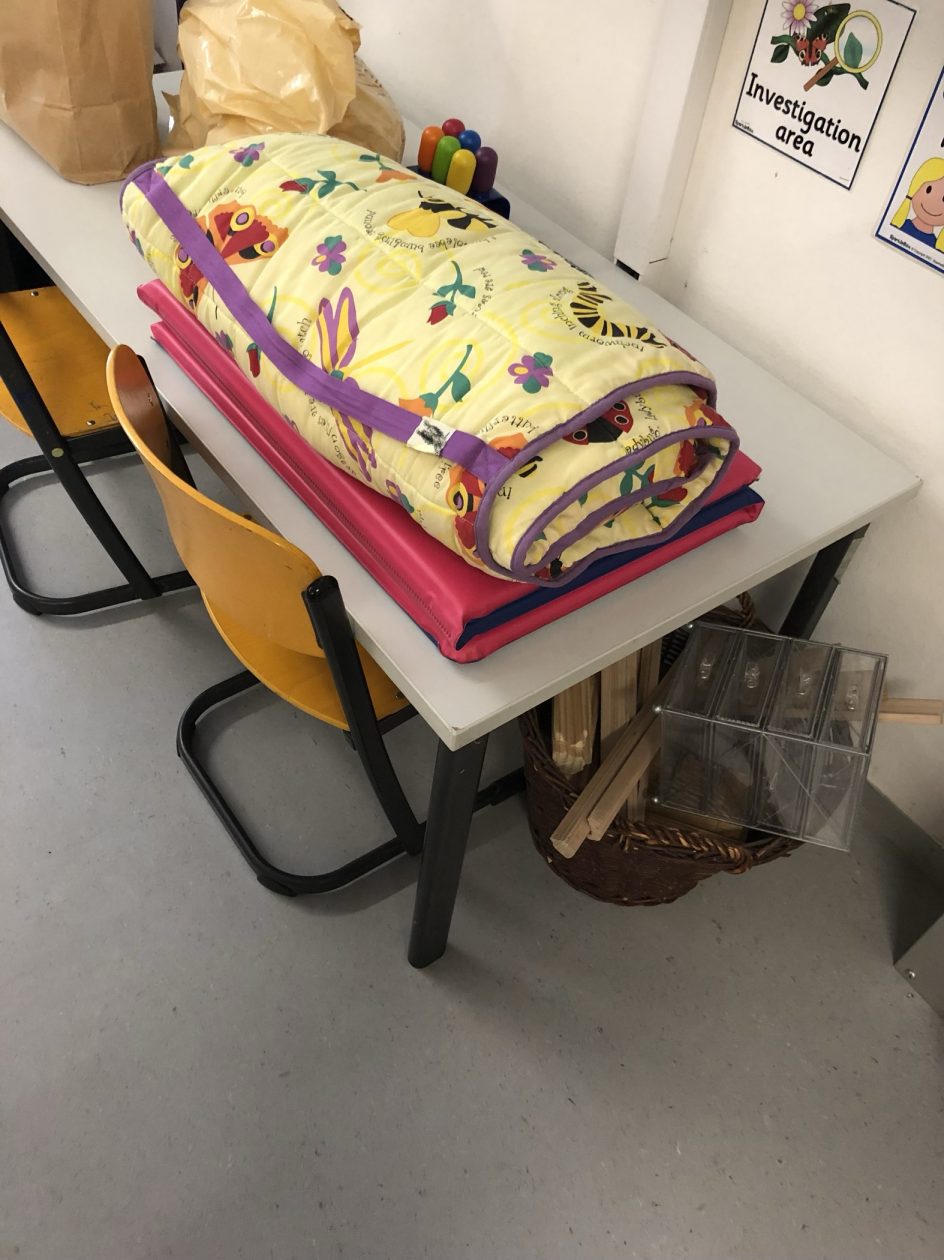
An example of the mattress and sleeping bag that the Nest children use during their quiet story time where many of them get a well-deserved nap.
Thursday was an interesting day because some of the staff and children were missing due to the public transport strike in Stuttgart and other parts of Germany occurring. Buses and trains were cancelled which meant that some people couldn’t make it (this also tested my driving skills with the increase in volume of traffic that morning, but I digress). This meant that we had to be spread across the groups more due to there being less staff members (however fewer children also helped the flow of the day with less teachers). The youngest children also got to go out and go on a forest expedition with staff members and parents, which interlinks with the German’s system of early years education of Waldkindergarten – forest nurseries. Much of the pedagogy behind the early years practices at ISS are inspired by the Reggio Emilia approach.
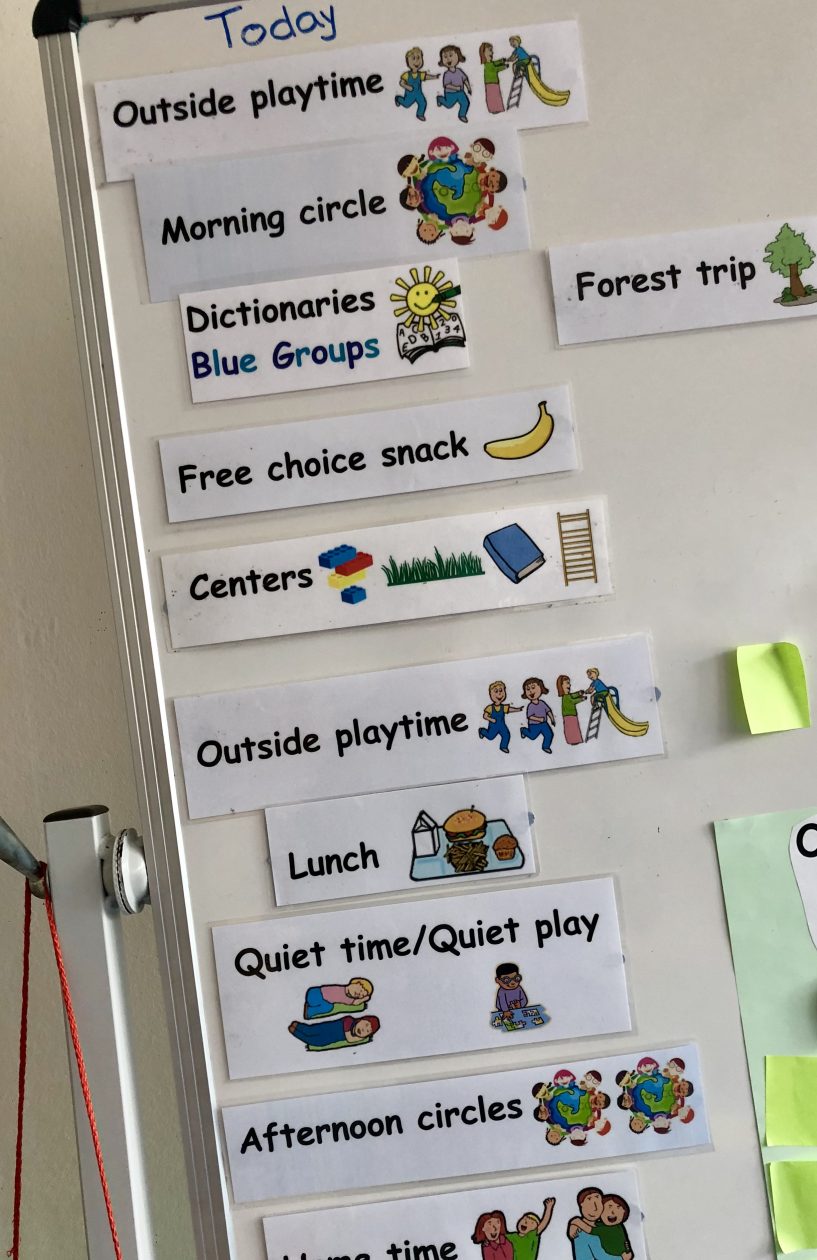
The plan of the day for Thursday – Notice the forest trip. Also, the differences in the layout of the day can really be seen when comparing the other grades, as students progress through education.
Friday also brought more challenges as staff members were ill unexpectedly and we had all the children in. It, however, really showed me how successful practitioners can be when they come together in the wake of obstacles and challenges. The staff at ISS really came together to fill the gaps of roles of responsibilities that the different teachers that weren’t there left and it was helpful that I was there to assist. I was also in charge of establishing a station in the “movement room” where the children had to use their body to build role-play scenarios using the resources in the room. It was great to see the creativity of the young children to make their house out of giant cushions and then create characters that fit into the setting they were creating. It also showed me that many of these creative skills are employed as the children progress through development and education (they’ll be using this creativity like when the grade 1s had to think of written dialogue for the actions of my character before the holidays).
This week has established a great foundation of knowledge in early years practice, something that I will build upon as I progress through my time as a practitioner. I’ve found that there is less marking with the younger children, however, the practices are far more physically demanding in terms of having to do a lot of the thinking for the children in planning. Being explicitly clear in instruction is crucial within this too. Also, much more emotional support (although emotional support is very important at all stages) needs to be provided to ensure that young students come into education with a happy outlook towards it, particularly as this is their introductory stages to education and school as a whole. There is a lot more outdoor learning and a lot of benefits come with that as children that get to explore and play within and with their environment in a mulit-sensory manner get the reap the benefits of greater quality development and a better overall understanding of both their environment and themselves (Burghardt, 2011).
However, the biggest development this week I think is in my understanding that time must be given in ample amounts to children – at any stage.
Learning cannot be rushed
Pressures on teachers to satisfy boxes and checklists really hinder the learning for students because they are then advanced through a topic far too quickly and they do not establish strong learning, which really shows that doing tasks for learning far too fast might as well not be done at all because the children do not gain any real substance from it.
Next week will see a shift in pattern as I will move all the way back up to Grade 5 to help in their work towards their exhibition.
Today, also marks a month until I will be returning home back to Scotland and I cannot believe where the time has went and how I have packed so much learning in a months time. I know that my second month in Stuttgart will also be as (or even more) fulfilling.
Reference:
Burghardt, G. M. (2011) Defining and recognising play. In A. Pellegrini Ed. Oxford handbook of the development of play New York: Oxford University Press pp. 9-18.
Halpenny, A.M. and Pettersen, J. (2014) Introducing Piaget: A guide for practitioners and students in early years education London: Routledge.
International School of Stuttgart (2017) EY 3/4 Nest Handbook 2017-18. Stuttgart: ISS.
